Novartis Ocular Drug Delivery Device
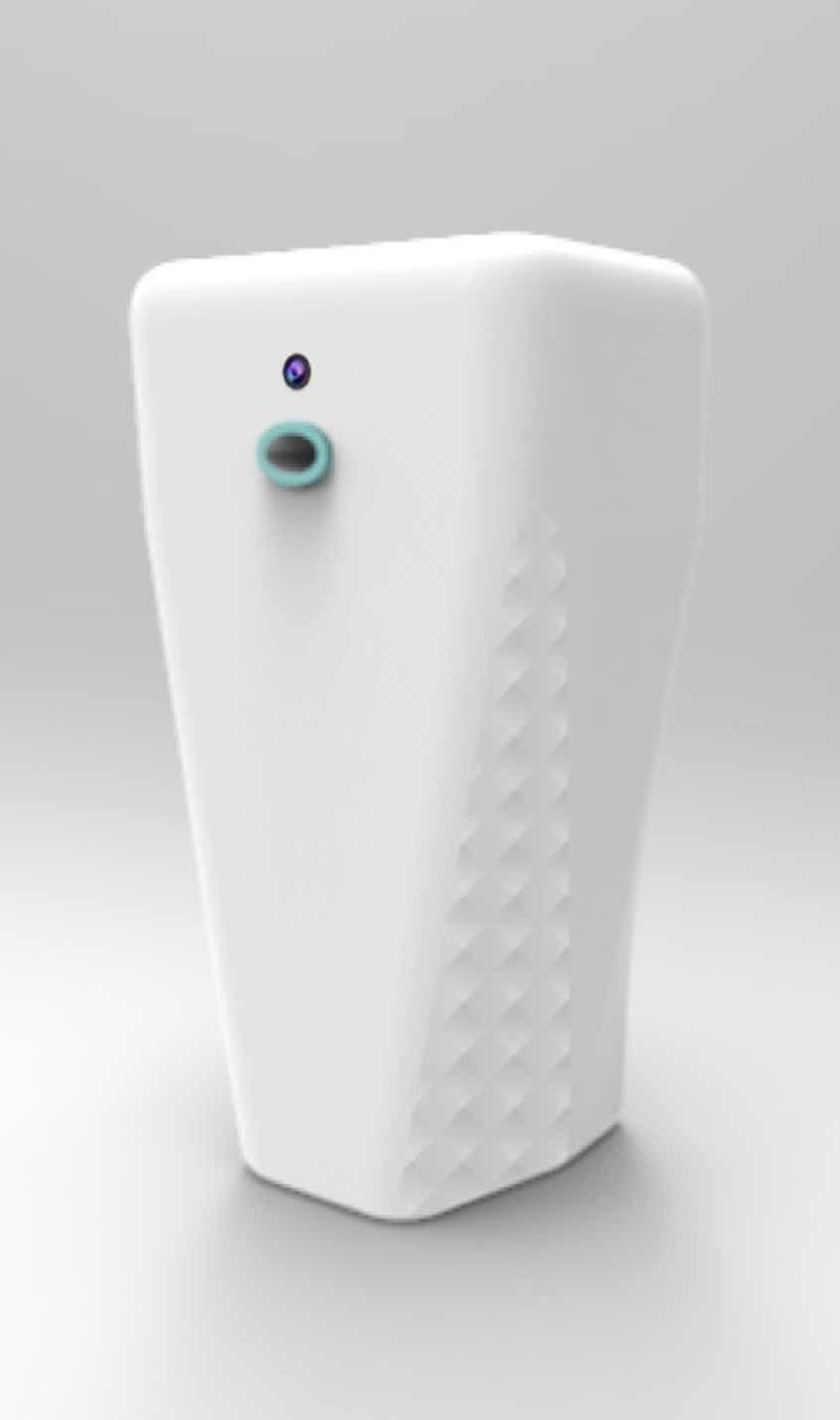
Novartis
For centuries, eyedroppers have been the most common treatment option for applying therapeutics to the eye. But they’re far from ideal. Placement is wildly imprecise and the dosage is, at best, an approximation. They’re also messy and wasteful. The overall experience is frustrating and the relief inconsistent.
Rethinking how patients cope with Dry Eye and other eye afflictions resulted in a transformative alternative to the common eye-drop container. A key component was developing an effective method of administering a wide range of topical non-solid formulations and means while also simplifying the application experience.
See the Patent: US20171221US01: Handheld Filament Extension Atomizer for Precision Therapeutics Delivery.
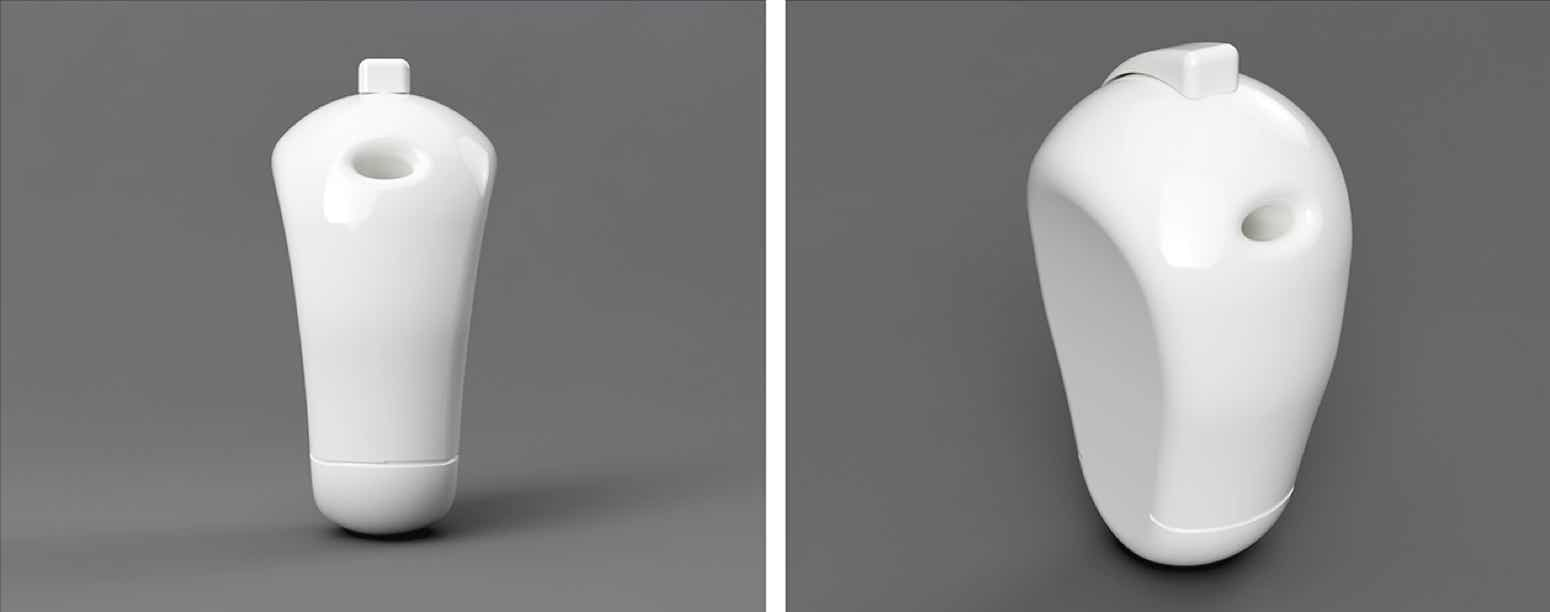
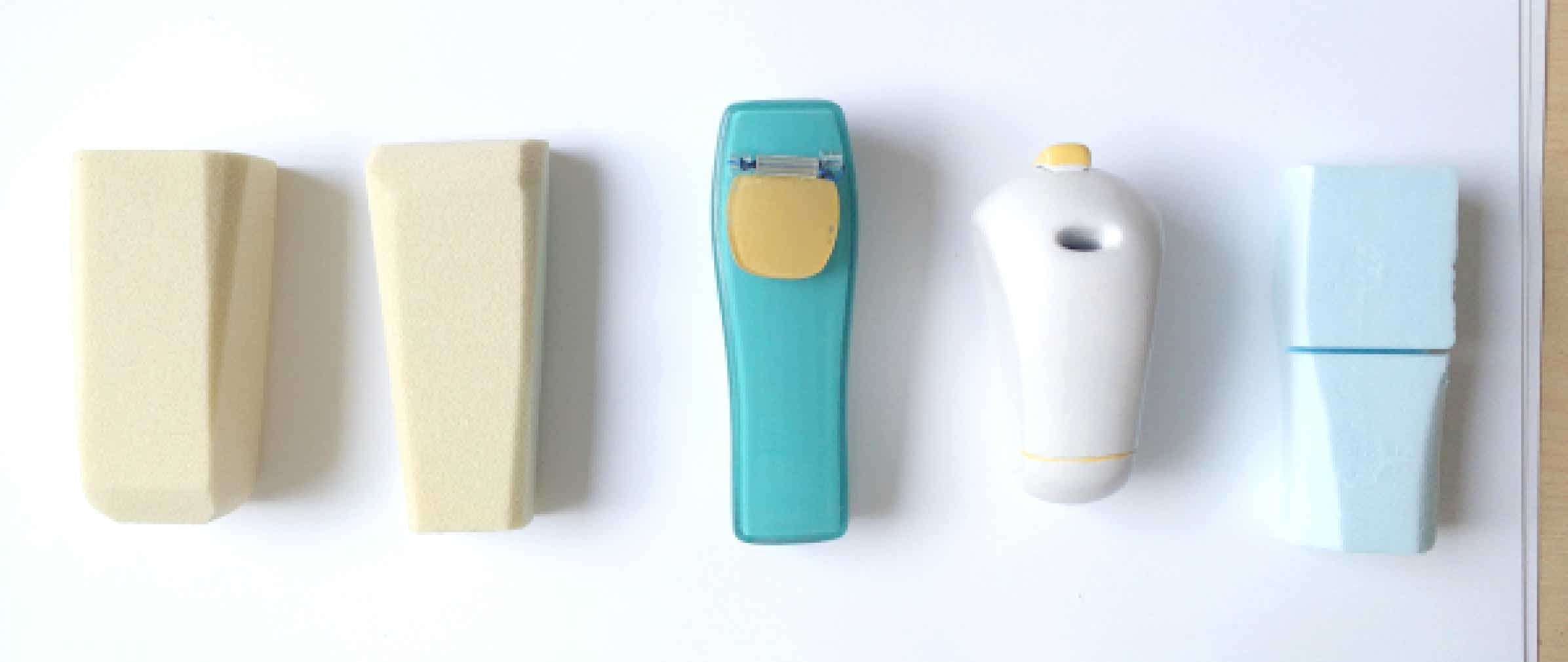
Extensive testing revealed the most common difficulties people
experience with the traditional eyedropper or droptainer:
• Aligning the tip of the eye drop bottle to its target
• Touching the bottle tip to the eye or other surface
• Needing two hands (one to drop the other to pull away the eyelid)
• Excess lubricant musses makeup or gives the appearance of crying
• Waste. Drops are expensive, especially the highly effective formulas
• Losing the bottle cap; guarding the tip from contamination
• Waste. Drops are expensive, especially the highly effective formulas.

Rapid inquiry using proxy-prototypes, lightweight explorations requiring minimal development and expense, helped to quickly the reveal beliefs, habits, biases and expectations, that informed product requirements and ultimately shaped the final design.
Excerpt from Client Summary Report; Full Report
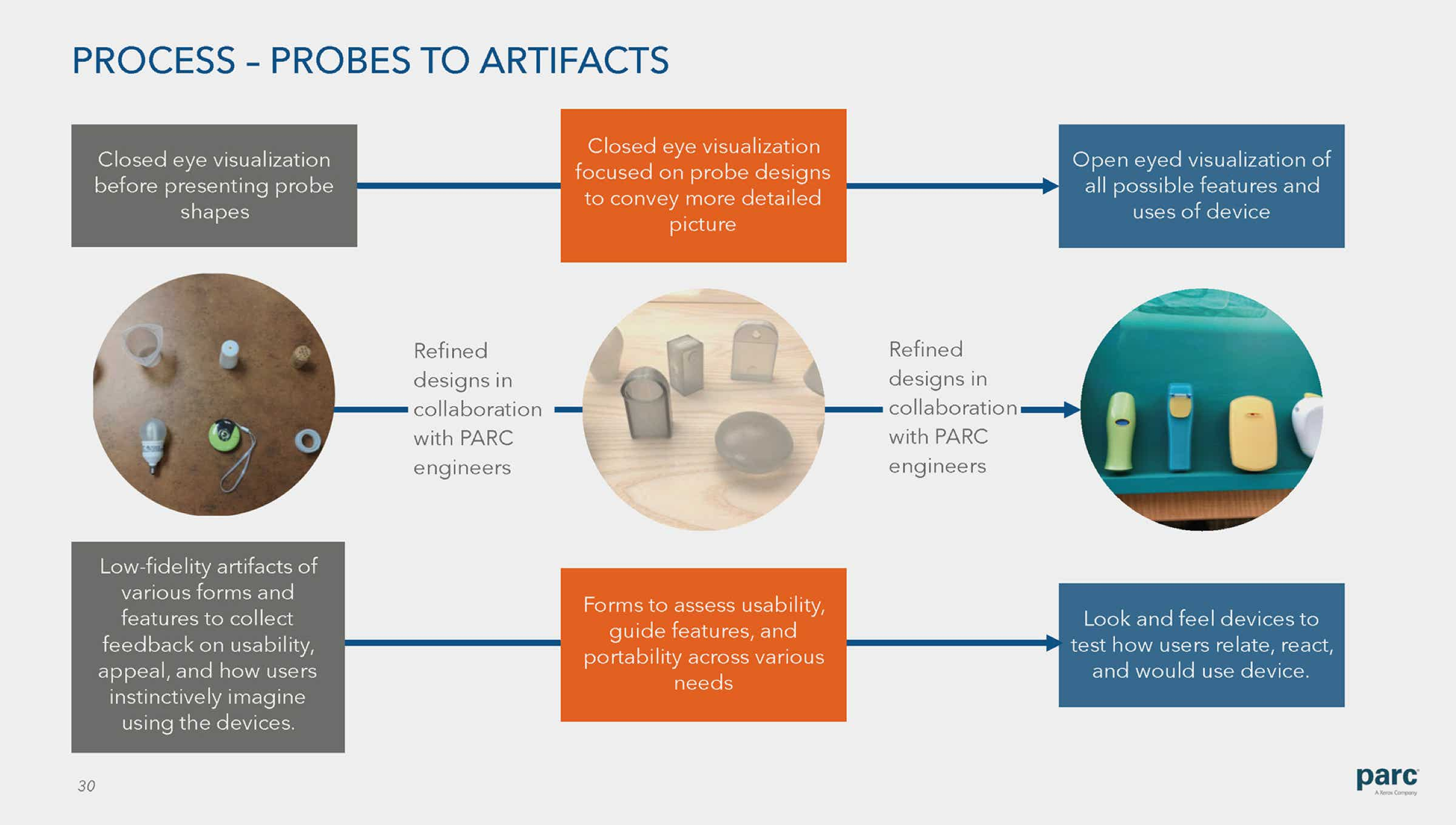
Early Pen Sketches & Printed Protptype.
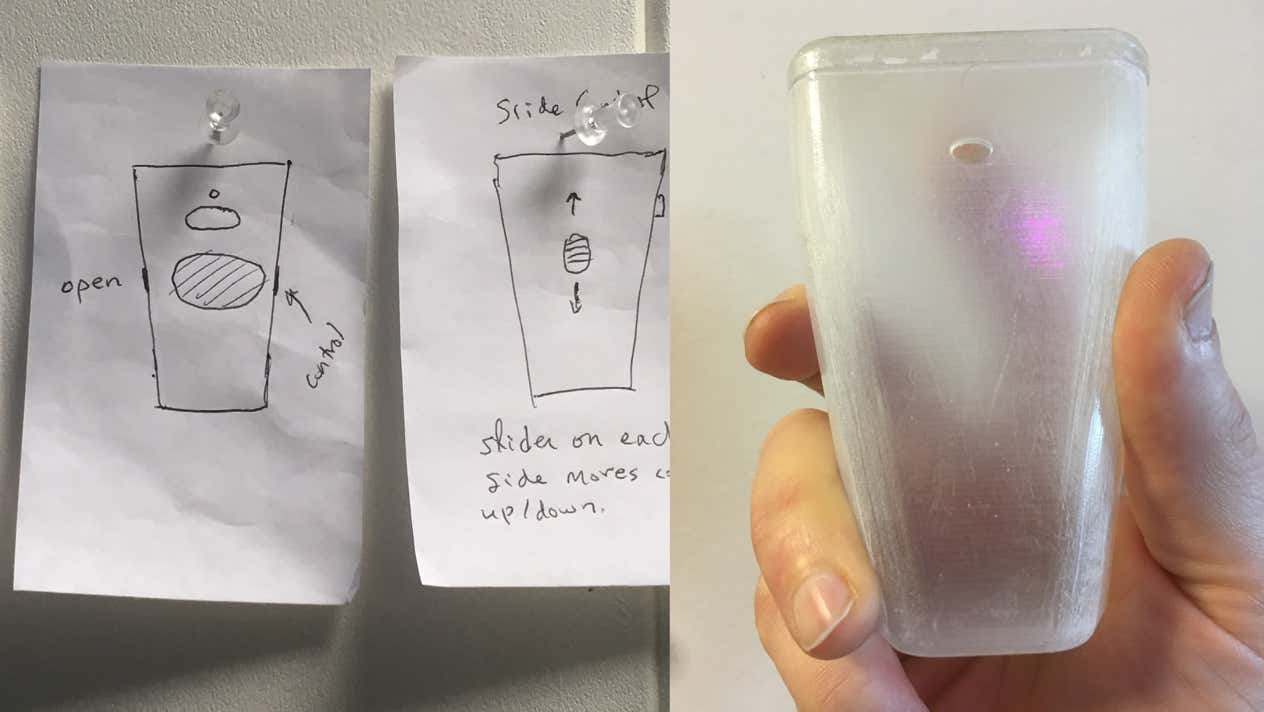
Project Goal
Rethink the imprecise, unpredictable, and cumbersome method of applying topical eye treatments via an eye drop container (droptainer).
• Administer medicinal formulations of varying consistency and absorption;
• Dispensable by a single person or second (parent applying to child).
• Consumer-friendly size and price.
Solution
A portable device that reliably delivers instant relief with little user effort: simply hold it up to the eye (and the device does the rest).
• Precisely deposits solutions of high viscosity, such as gels, suspensions, ointments.
• Miniature application of proprietary filament extension atomization technology delivers sticky, viscous lubricants as a gentle plume (mist) of microscopic droplets.
• Computer vision and AI technology enable precise dosing —including dose volume, coverage, velocity, and positioning— and allow for the dispensation of pharmaceuticals with extremely high efficacy and minimal waste.
• Stabilizing technology compensates for changes in device stability (movement, gesture, positioning) when in use.
• Haptics and LEDs cue orientation, distance (from the eye), target capture, and predicted effectiveness/ outcome of dose.
• Dual cartridge system provides for flexibility use of diverse formulations: pharmaceutical, preservative-free, and device-cleansing.
• Anti-bacterial copper nozzle and cap; germ-resistant TPU enclosure; self-cleaning via onboard cleaning cartridge.
Assorted Printed Prototypes for Usability Testing.
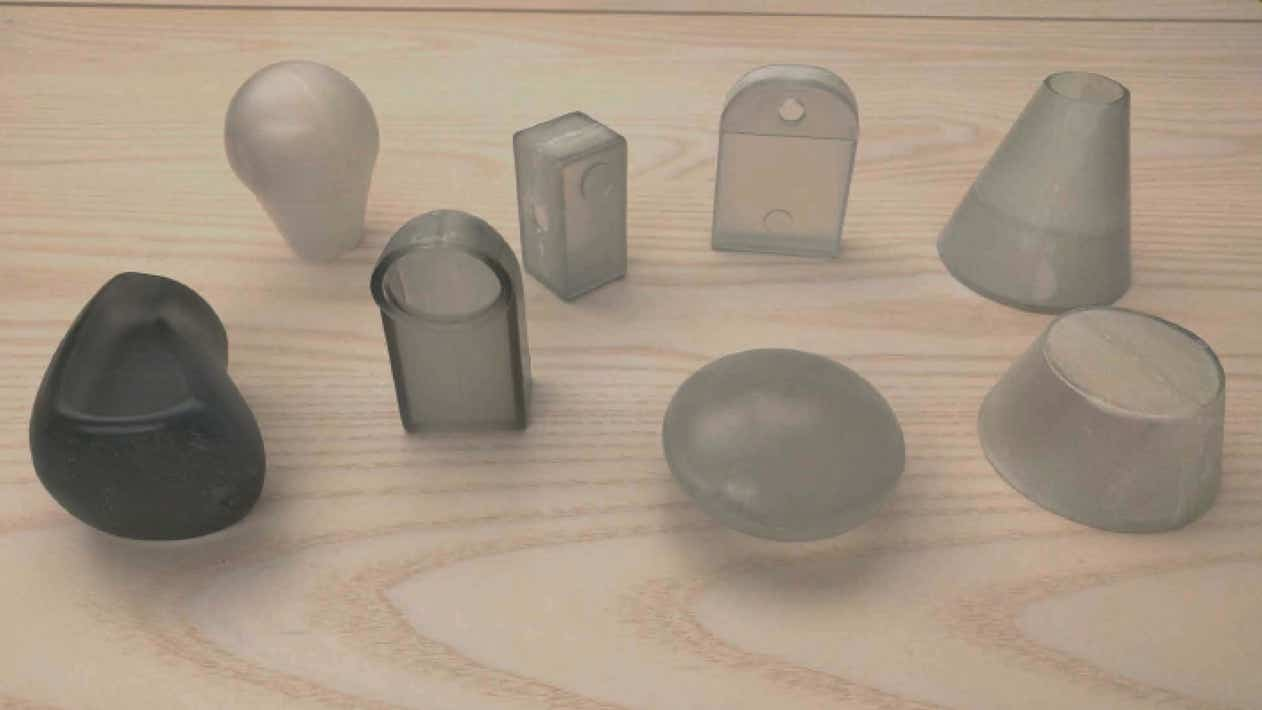
Client Presentation Excerpt.
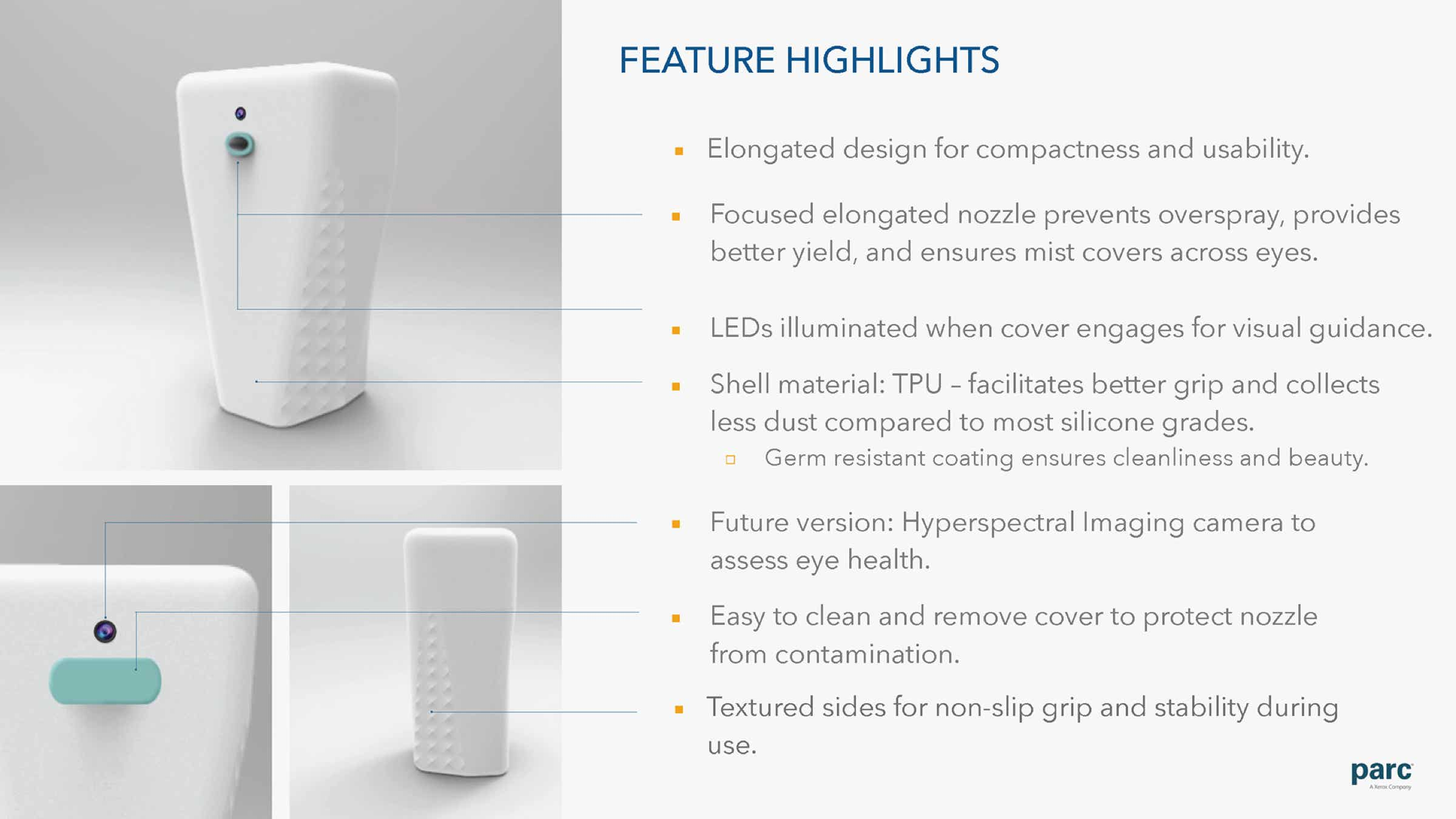
Copyright ©2025 David C. Taylor. All rights reserved.